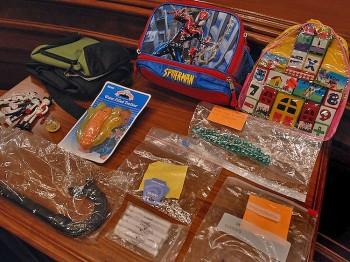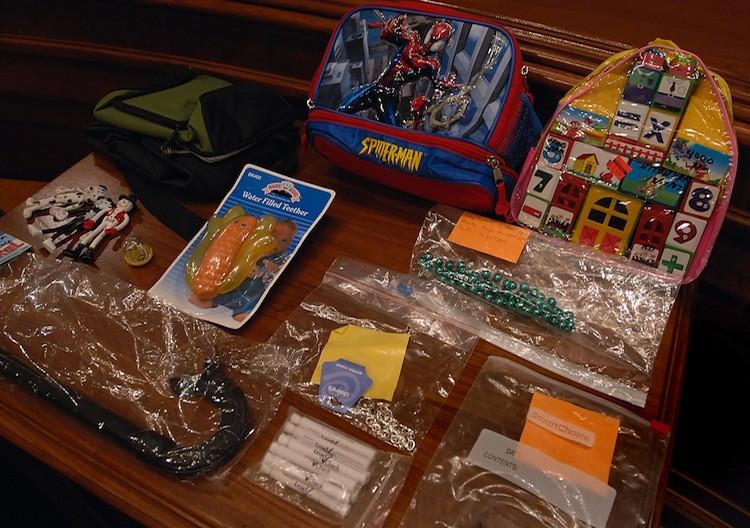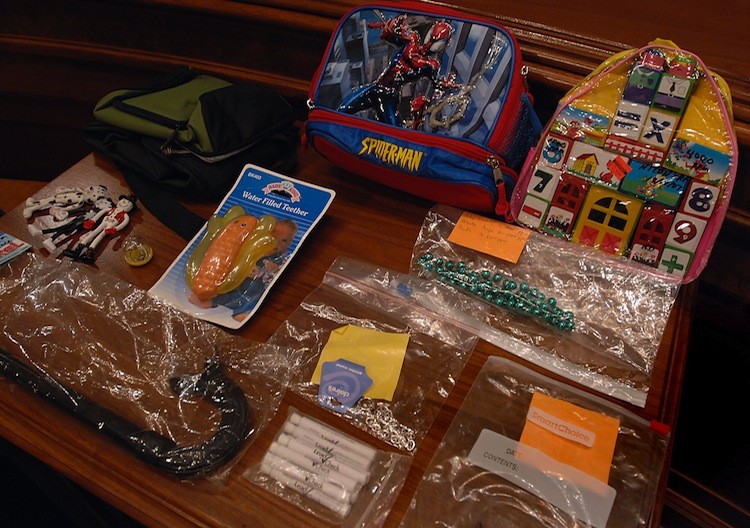Unsure about whether they can afford to comply with a rule mandated by Congress to make toys safer for children, some small- and medium-sized business owners in the United States are questioning whether the benefits justify the costs.
The revision of a Consumer Safety Product Bill by lawmakers, just before breaking for summer recess this August, offered relief to certain manufacturers and retailers selling children’s products. But thousands of small and medium U.S. businesses are still awaiting their fates, and whether they can afford to stay in business.
At stake is the serious risk to children from exposure to lead in their toys and in other products intended for children—like cribs, clothing, shoes, lamps, jewelry, and bikes.
Consumer groups, in a letter to the agency responsible for policing the congressional mandate, have argued that there is no safe level of lead exposure. Children are highly susceptible to lead poisoning, much more than adults, and brain damage caused by lead exposure is “permanent and irreversible.”
The EPA states that elevated levels of lead can cause a child to suffer from hyperactivity, slowed growth, hearing problems, and headaches.
About 250,000 children each year are found to have elevated levels of lead in their blood, according to the Centers for Disease Control (CDC).
In 2007, a spate of recalls occurred in which popular children’s toys imported from China were found to contain toxic levels of lead. This prompted Congress to enact the new law. The 2008 Consumer Product Safety Act (CPSIA) was passed nearly unanimously at the time, but the impact on small business was yet to be fully understood.
The act gave the Consumer Product Safety Commission (CPSC) an expanded mandate, and greater resources to keep up with testing of products destined for children’s toy boxes, and the major concerns were quickly brought under control.
“We began a very aggressive campaign using recalls, to make the point that quality control was very important,” said then acting chairman of the CPSC Nancy Nord.
A number of “unintended consequences” began to arise as the agency started implementing the new rules and enforcing the broader mandate.
New Rules, Product Testing
The mandate required that all products sold in the United States which were intended for children under 12 have third-party testing for lead and phthalates (a chemical used to soften some plastics) limits. Previously, the agency used inspectors to perform spot checks, or relied on complaints to ensure product safety.
The new lead rule lowered the limits of lead allowed from 600ppm to 300ppm in 2009, and finally, on Aug. 14, it was lowered to 100ppm. The rule applied retroactively to all products, and little flexibility was given to the agency in terms of interpretation.
Resellers of books and children’s items—from Goodwill to church bazaars—could no longer sell children’s items for fear of breaking the rule.
Small retailers importing goods from other countries could no longer do so, because they could not afford to have the products tested after arrival in the United States, or risk getting new items that might fail the test and have to be discarded.
Small- and medium-sized business owners found themselves faced with what looked like insurmountable costs in meeting the new testing requirements.
In particular, the proliferation of women crafters running small businesses making items for their kids, faced closure after learning that one of each style, size, and batch must be destroyed in third-party testing. In some cases, the cost of testing equaled the cost of the material itself, resulting in a doubling of costs.
Dan Marshall is the founder of the Handmade Toy Alliance, a grass-roots organization with over 6,000 members. He began to give voice to the concerns of small business owners like himself, who were deeply impacted by the law.
Marshall said that while there is no organization officially keeping track of the statistics, it is likely, based on what he has learned, that hundreds of thousands of businesses are threatened.
The CPSC reported in its fiscal year 2011 Regulatory Agenda, that its rule pertaining to the testing requirement is a “major rule” likely to result in losses of over $100,000 to the economy, as well as a major increase in costs for consumers, and “significant adverse effects on competition, employment, investment, productivity, innovation, or the ability of U.S.-based enterprises to compete with foreign-based enterprises.”
Yet it is not clear that the real threat to children from lead comes from toys.
Lead Where?
The single largest risk of lead to children’s health, according to the EPA, is lead in paint from before 1978 that becomes dangerous when it chips, or dust forms, especially during a home renovation. Soil around the home can also become contaminated from paint used on the exterior of a home, or from industrial activity. The third major cause is lead in drinking water that is contaminated by lead plumbing or lead solder in old pipes.
Secondary causes of lead poisoning include from food stored in certain glazed pottery, porcelain, or lead crystal, hobbies that use lead, or lead brought home from a worksite.
Toys are rarely even cited in the literature as a cause for concern, (with the exemption of children’s jewelry), because the other causes are overwhelmingly more potent.
The Centers for Disease Control (CDC) lists toys made in other countries, or antique toys and collectibles as risks for children, but makes no mention of toys manufactured in the United States. Imported children’s jewelry sometimes gets a mention because it can easily contain lead contaminated paint.








Friends Read Free